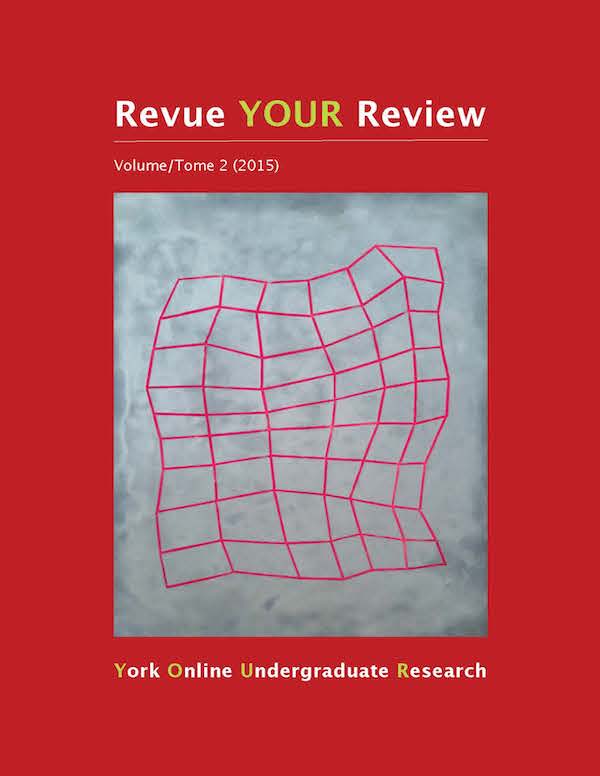Physician Power and Politics: Medical Dominance as a Barrier to Healthcare Integration
Résumé
It is proposed that medical dominance functions as a barrier to achieving an integrated healthcare system through physician neglect of key integration principles. For the purpose of this paper, I will be looking at the following three key areas of integration: consumer-focused approach, continuum of health services, and the use of electronic records. This paper is based on an analysis of various primary sources, such as healthcare research papers and physician anecdotes.
Firstly, medical dominance prevents a consumer-focused care and encourages provider-focused care instead. This is apparent in increasingly high physician remuneration. It is suggested that physician remuneration needs to decrease so that health dollars can be reinvested to better meet the needs of consumers. Secondly, medical dominance has historically hindered the continuum of health services by restricting the autonomy and integration of other health occupations. For example, medical dominance hinders the continuum of care by lobbying against Complementary and Alternative Medicine (CAM). Although other models of payment exist, it is suggested that eventually eliminating the FFS model over time would allow physicians to focus on the quality of service, rather than on the quantity of patients. This would also stop physicians from trying to reduce the role of other healers in society. Thirdly, physician autonomy functions as a barrier to the use of e-health in the healthcare system. Despite its costliness, disastrous clinical decision-making, and the resistance towards e-health technologies continues. It is suggested to provide appropriate non-monetary incentives to physicians that improve work conditions. Physicians must also be educated thoroughly about e-health technologies.
Téléchargements
Comment citer
Numéro
Rubrique
Licence
Les auteurs qui contribuent à la Revue YOUR Review acceptent de publier leurs articles selon une des trois catégories de la licence 4.0 : Creative Commons Attribution 4.0 International; Creative Commons Attribution-Pas d'Utilisation Commerciale 4.0 International; ou Creative Commons Attribution-Pas de Modification 4.0 International. Tout contenu éditorial de ce site ainsi que les affiches et les résumés sont sous la licence Creative Commons Attribution-Pas de Modification 4.0 International. Pour plus d’informations, veuillez voir :
https://creativecommons.org/licenses/
Dans tous les cas, les auteurs conservent leurs droits d’auteurs et concèdent à la Revue YOUR Review le droit de première publication. Les auteurs peuvent, par la suite, conclure d’autres accords de distribution non exclusifs de la version publiée dans ce périodique (par exemple, l’afficher à un dépôt institutionnel ou le publier dans un livre ou dans un autre périodique) à condition que la reconnaissance fasse mention de la publication originale dans la Revue YOUR Review.


